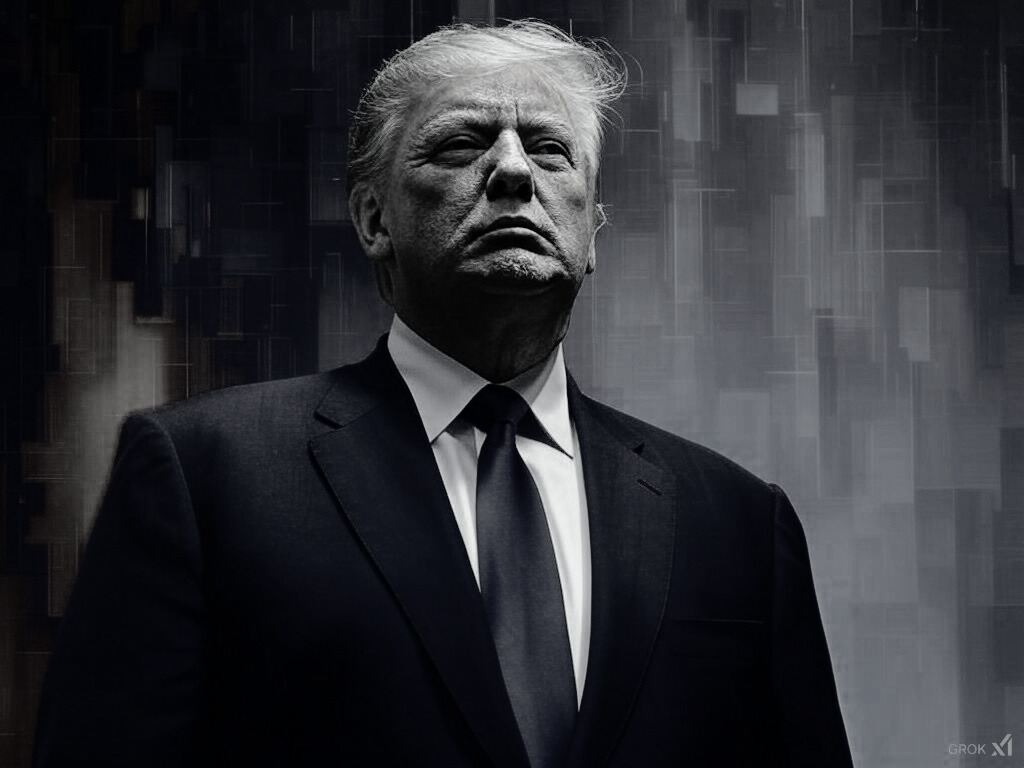
The early days of the Trump presidency have all the adrenaline and cinematic flair of a John Wick movie, action-packed, fast-paced, and keeping us all on the edge of our seats. From the launch of D.O.G.E. to the debut of Trump and Melania Memecoins, and the SEC launching its new crypto task force to develop a “comprehensive and clear regulatory framework for crypto,” his presidency promises to be bold, with the world eagerly watching for the cinematic scenes yet to unfold. As the Trump saying goes, “We are so back!!!” Early impressions suggest it’s not a bad way to describe the coming crypto boom.
A Breath of Fresh Air for Crypto
In many respects, if the previous administration “slowly choked” the crypto industry, the Trump presidency promises to breathe new life into it. Much like an astronaut stepping onto uncharted planets, crypto seems to have been given the green light to prepare for launch—checking its engines, turning systems on, and moving into the stratosphere.
Will the USA Become the World’s Crypto Playground?
Much like the race for AI dominance, the race for crypto dominance is also likely to materialise during this election term. Under a Trump presidency, the U.S. is poised to assert its dominance in the crypto world and lead the pack, as it has done for decades as the world’s reserve currency. Meanwhile, moves are already being made among BRICS member states to create their own blockchain-based payment systems, with discussions around a shared, member-state-backed cryptocurrency. Many see this as an attempt to weaken the U.S. dollar’s dominance in global settlement.
The most likely outcome of these efforts is the creation of stablecoins or settlement tokens. The difference lies in their use: stablecoins are consumer-focused and have utility in our daily lives, while settlement tokens are designed solely for institutional finance. Both can be converted into fiat, but stablecoins are more widely accessible and cross-platform compatible.
Geopolitics and the U.S. Approach
If the writing wasn’t already on the wall, as clear and bold as President Trump’s “Fight Fight Fight” slogan, it’s evident that a “do-nothing” or anti-crypto approach would be a precarious position for the U.S., especially given the geopolitical factors at play. Such a stance wouldn’t align with President Trump’s bold vision for his legacy or his ambitions to right the ship of the U.S. economy.
The Historic Picture
There has been no shortage of attempts to steer people away from crypto and the decentralised systems it offers. In its early days, crypto was heavily criticised for being a “tool for crime,” later facing backlash for its environmental impact, particularly regarding mining. The infamous “Choke 2.0” initiative a reported informal blockade by U.S. regulators further stifled growth.
Now, with the SEC drawing up plans as part of its crypto task force, the U.S. appears ready to develop a comprehensive framework to establish clear rules for cryptocurrency. Given the U.S.’s economic dominance, such a framework would likely have a significant influence on the global crypto landscape. This could speculatively materialise in the following ways:
- Crypto Incentives: Changes in tax treatment for crypto assets could provide an economic boost, encouraging investments and growing the overall crypto ecosystem.
- Legitimisation of Memecoins: This shift would recognise the power of branding, icons, and celebrity influence as assets with inherent value. Memecoins could evolve into forms of speculative trading or even novel currencies in certain contexts such as Doge has become an accepted currency for Merch websites.
- Lighter Crypto Regulations: A rollback or softening of regulations, similar to the recent reversal of staking bans in the U.K., could promote innovation and adoption within the crypto space.
A New Hope for Crypto
In light of historic curtailments, the Trump presidency offers renewed hope for crypto innovators and investors alike. It aligns with the demands of the next generation, who increasingly favour decentralised systems and greater autonomy over their data and finances compared to previous generations while embracing Web3 technologies to meet the evolutionary curve head-on.
If you’re interested in learning more about our views on decentralisation, you can read more here.
